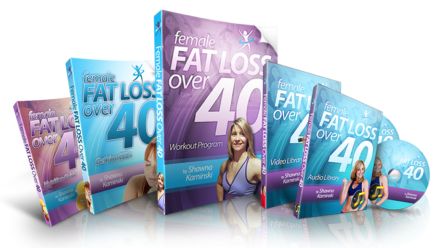15
Feb 15
As we age we inevitably lose muscle tone. People who are physically inactive can lose as much as 3% to 5% of their muscle mass per decade after age 30. Even if you are active, you will still experience some muscle loss.
This is known as age related sarcopenia. It typically accelerates from the age of 60 and is important because a loss of muscle mass leads to a decline in strength and mobility which in turn can lead to a higher incidence of frailty, falls and fractures.
And if you think this doesn’t relate to you yet– think again! Researchers designate Older Adults as anyone from the age of 50!!! And while sarcopenia is generally not a huge issue before the age of 65, it’s important to take preventative action as soon as possible.
Research would indicate that several factors are at play in the age-related loss of muscle including reduced muscle response to protein intake, changing hormones and for some, a reduction in the level of physical activity.
The primary treatment for sarcopenia is exercise, and resistance training in particular. Research has shown that a program of progressive resistance training exercises can increase protein synthesis rates in older adults in as little as two weeks.
Your muscles crave adequate protein intake so as you age it’s super important you’re feeding your body the nutrients it needs.
Researchers from the University of Arkansas for Medical Sciences examined how four different eating plans affected the muscle health of twenty healthy adults ages 52 to 75.
The researchers randomly assigned participants to one of four groups: Two groups followed the Institute of Health’s current recommended daily allowance of 0.8 grams of protein per kilogram of body weight. Half of them divided that protein equally between breakfast, lunch and dinner, while the rest ate the majority of their protein at dinner. The other two groups ate double the RDA (1.5 grams of protein per kilogram of body weight), either equally or unevenly distributed between meals.
After four days, researchers found that the more protein participants ate – the better their bodies were at building muscle. Specifically, those who ate double their RDA of protein increased their rates of muscle protein synthesis (the process by which cells use protein to build muscle) and improved their net protein balance (the difference between muscle protein synthesis and protein breakdown). They found that quantity not timing was of main importance.
You can ensure adequate daily protein intake as simply as adding a serve of quality lean protein to each meal and snack in your day. You might choose to include eggs at breakfast, lean ham at lunch, a snack of greek yogurt and berries, and a lean fish for dinner.

Your waistline will thank you too with more good reasons to increase your protein. A recent study from the Pennington Biomedical Research Centre found that when people ate high-calorie diets, those who got 15 to 25 percent of their calories from protein, stored 45 percent of the excess calories as anti-aging, healthy muscle. Meanwhile, those who got only 5 percent of their calories from protein stored 95 percent of the excess calories as fat.
Bottom line – the greater your muscle mass, the more likely you’ll be able to stay with all the physical activities you’ve always loved and you’ll look and feel leaner and stronger too!
It’s the combination of great nutrition and progressive and age-appropriate workouts that make The 20 Minute Anti-Aging Solution for Her perfect for mature women. With modifiable workouts for all levels of fitness and nearly 40 videos in the entire program we’ve got all your fitness and nutrition needs covered. Click here for the 20 Minute Anti-Aging Solution for Her.
Reference: Quantity of dietary protein intake, but not pattern of intake, affects net protein balance primarily through differences in protein synthesis in older adults IlYoung Kim , Scott Schutzler , Amy Schrader , Horace Spencer , Patrick Kortebein , Nicolaas E. P. Deutz , Robert R. Wolfe , Arny A. Ferrando American Journal of Physiology – Endocrinology and Metabolism Published 1 January 2015 Vol. 308 no. 1, E21-E28 DOI: 10.1152/ajpendo.00382.2014






 My passion is teaching people how to work fitness into their daily lifestyle in order to improve their quality of life. Let’s work together to help you reach your fitness goals!
My passion is teaching people how to work fitness into their daily lifestyle in order to improve their quality of life. Let’s work together to help you reach your fitness goals!